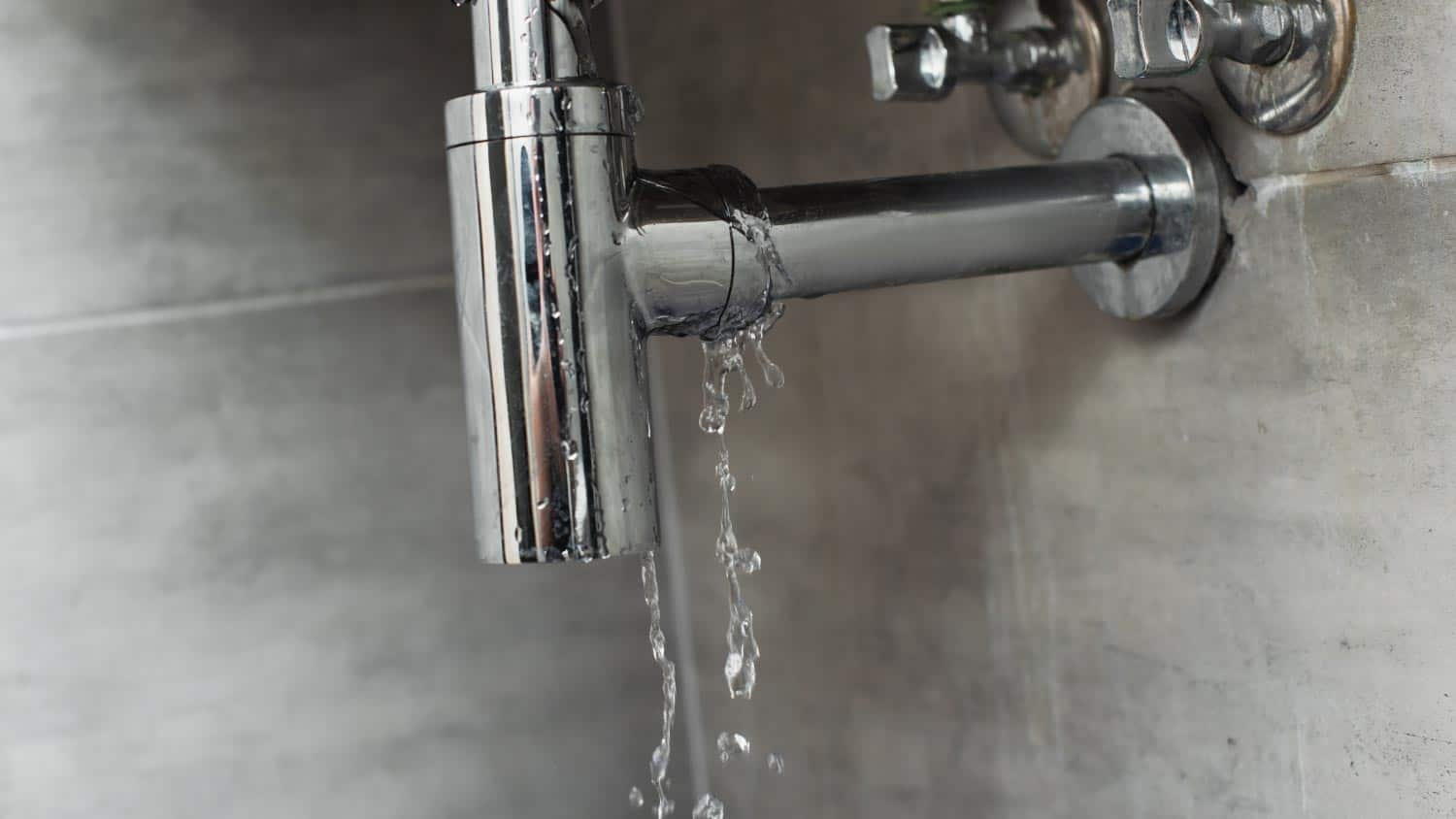Every person may have his or her own perception on the subject of Leaking water lines.

Early detection of dripping water lines can alleviate a prospective disaster. Some little water leaks may not be noticeable.
1. Check Out the Water Meter
Every residence has a water meter. Examining it is a surefire way that helps you discover leaks. For starters, turn off all the water resources. Make sure no one will purge, make use of the faucet, shower, run the washing machine or dishwashing machine. From there, go to the meter as well as watch if it will change. Given that no one is using it, there ought to be no movements. That indicates a fast-moving leak if it moves. Also, if you identify no changes, wait an hour or more as well as examine back once more. This means you might have a slow-moving leak that could also be underground.
2. Inspect Water Intake
Examine your water bills as well as track your water consumption. As the one paying it, you must notice if there are any type of inconsistencies. If you detect sudden changes, despite your usage coinciding, it implies that you have leaks in your plumbing system. Keep in mind, your water costs need to drop under the very same array monthly. An unexpected spike in your expense shows a fast-moving leakage.
Meanwhile, a stable increase every month, despite the same practices, shows you have a slow leak that's likewise gradually rising. Call a plumber to thoroughly examine your home, particularly if you really feel a warm location on your flooring with piping below.
3. Do a Food Coloring Examination
When it comes to water intake, 30% comes from commodes. If the shade somehow infiltrates your bowl during that time without flushing, there's a leak between the storage tank as well as dish.
4. Asses Exterior Lines
Do not neglect to check your exterior water lines also. Must water seep out of the link, you have a loose rubber gasket. One tiny leakage can squander loads of water and also surge your water costs.
5. Evaluate the scenario and check
Homeowners must make it a habit to check under the sink counters as well as also inside cabinets for any bad odor or mold development. These 2 warnings show a leak so prompt interest is needed. Doing regular inspections, even bi-annually, can save you from a major problem.
Check for discolorations as well as damaging as most pipes as well as home appliances have a life expectations. If you believe dripping water lines in your plumbing system, do not wait for it to escalate.
Early discovery of dripping water lines can mitigate a potential disaster. Some little water leaks may not be noticeable. Inspecting it is a surefire way that assists you uncover leakages. One tiny leak can squander bunches of water and also surge your water expense.
If you suspect dripping water lines in your plumbing system, don't wait for it to rise.
WARNING SIGNS OF WATER LEAKAGE BEHIND THE WALL
PERSISTENT MUSTY ODORS
As water slowly drips from a leaky pipe inside the wall, flooring and sheetrock stay damp and develop an odor similar to wet cardboard. It generates a musty smell that can help you find hidden leaks.
MOLD IN UNUSUAL AREAS
Mold usually grows in wet areas like kitchens, baths and laundry rooms. If you spot the stuff on walls or baseboards in other rooms of the house, it’s a good indicator of undetected water leaks.
STAINS THAT GROW
When mold thrives around a leaky pipe, it sometimes takes hold on the inside surface of the affected wall. A growing stain on otherwise clean sheetrock is often your sign of a hidden plumbing problem.
PEELING OR BUBBLING WALLPAPER / PAINT
This clue is easy to miss in rooms that don’t get much use. When you see wallpaper separating along seams or paint bubbling or flaking off the wall, blame sheetrock that stays wet because of an undetected leak.
BUCKLED CEILINGS AND STAINED FLOORS
If ceilings or floors in bathrooms, kitchens or laundry areas develop structural problems, don’t rule out constant damp inside the walls. Wet sheetrock can affect adjacent framing, flooring and ceilings.
https://www.servicemasterbyzaba.com/blog/how-to-detect-water-leakage-in-walls/

We had been introduced to that write-up about Leaking water lines through an acquaintance on another site. If you please take the time to distribute this blog if you liked it. Kudos for your time. Visit again soon.
Get A Quote